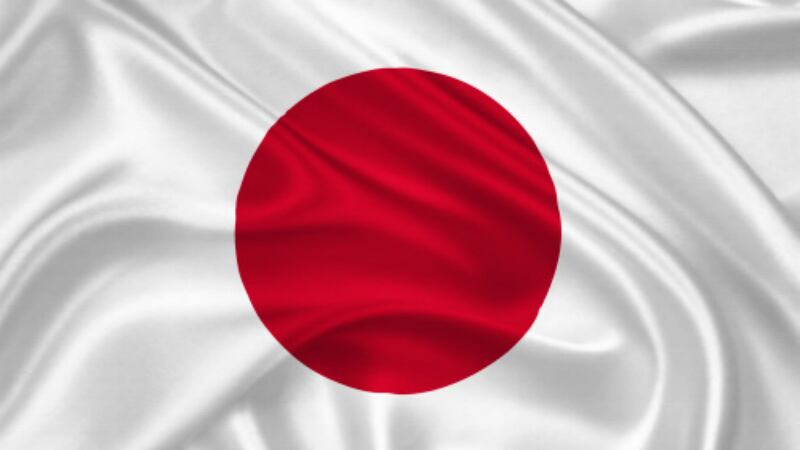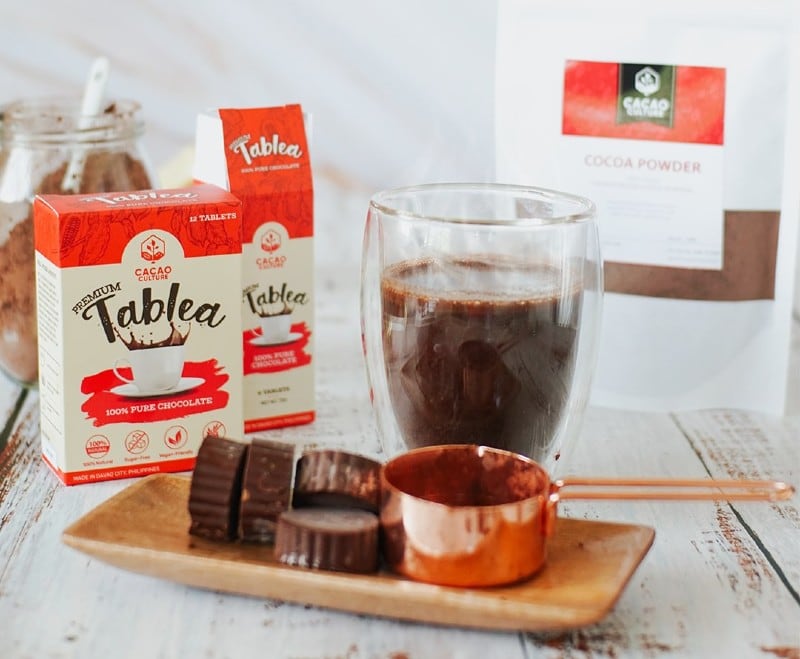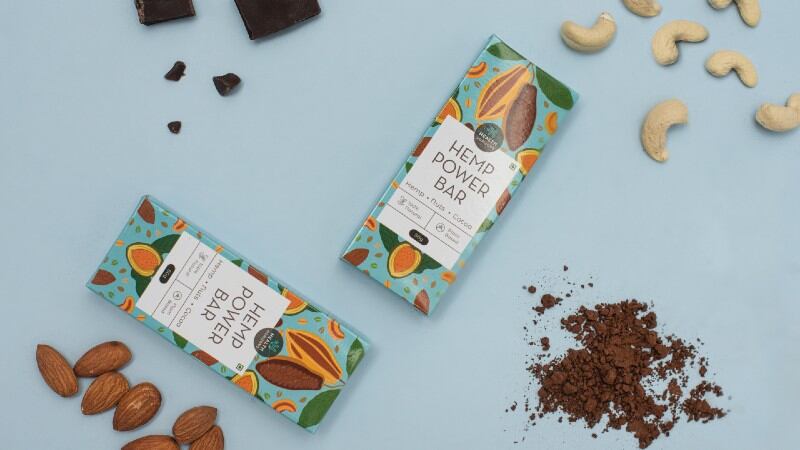Propel the trend: Sapporo debuts hard seltzers and beer-like beverage to strengthen home consumption business
Japanese brewery giant Sapporo is debuting its first hard seltzer products and a beer-like beverage across supermarkets and convenience stores nationwide, as it looks to strengthen its home-consumption portfolio amid the COVID-19 pandemic.
These latest products come under Sapporo’s main business - alcoholic beverages. The other pillars comprise food and soft drinks as well as real estate.
Revenue of alcoholic beverages increased 0.2% in Q2 2021 to reach JPY 130.5 billion (US$1.2 billion). The increase is mostly from ready-to-drink (RTD) sales from growing at-home consumption and its overseas business, buffering the decline in commercial-use beer and restaurant business due to COVID-19.
Sapporo is hoping to strengthen its products for home-consumption through the launch of its hard seltzer products under the Water Sour brand and a beer-like beverage named The Drafty.
Packaging partnership: Kirin and Lawson trials PET bottle collection plan to increase recycling rates
The Kirin Group and retailer Lawson will install polyethylene terephthalate (PET) bottle collection machines outside convenience stores, which will then be recycled back into bottles for beverage manufacturers.
Japan has one of the highest rates of PET bottle recycling in the world. According to The Council for PET Bottle Recycling, about 92% of PET bottles were collected and 84% recycled in 2017.
In other regions, collection rates are approximately 40% in Europe and 20% in US, with recycling rates even lower. However, most are not recycled back into PET bottles, and are often remade into other materials such as sheets and fibres. The bottle-to-bottle rate in Japan is around 12.5%.
“In order to increase recycling rates, it is necessary to make it more convenient for consumers to participate in the recycling process, and we believe that collection at convenience stores will be effective as a 24-hour PET collection service,” Akihiko Koyama, corporate communications senior manager at Kirin Holdings said.
Domestic demand drop: Japan updates aquaculture strategy to focus on expanding exports and productivity
The Japanese government has revamped its national aquaculture strategy to focus on expanding seafood exports and boosting the productivity of select sectors such as shellfish and algae, after acknowledging that domestic demand will continue to drop.
The demand for seafood in Japan, once one of the top consumers of seafood in the world, has been on a steady decline for several years now, and the Japan Fisheries Agency (JFA), housed under the Ministry of Agriculture, Forestry and Fisheries (MAFF), has confirmed that this situation is not likely to improve.
“Japan has always been a large market for seafood [but] domestic demand will be decreasing in the long run as our society continues to shrink and age – the aquaculture sector in particular is very dependent on domestic demand, and as this demand shrinks, it means the sector will find it difficult to see growth,” said JFA via its latest Aquaculture Growth Industrialization Comprehensive Strategy documentation.
State of Emergency anomaly: Japan restrictions lead to higher alcohol intake, coupled with healthier diets
Japanese consumers drank more alcohol and ate additional snacks during the nation’s COVID-19 State of Emergency, but also appear to have eaten more vegetables, fruit and dairy products.
The country declared a state of emergency in April 2020 to curb the pandemic. During this period, residents were encouraged to work remotely, and commercial businesses were to shorten their operation hours or close entirely.
Researchers found that this stay-at-home request led to increased alcohol and snack consumption, but residents were also found to be eating better in general, with well-balanced diet and sticking to a habit of eating three main meals a day.
Loving localisation: How the food industry is tailoring global plant-based trend to Asian tastes
Industry players are increasingly tailoring plant-based products to cater to the taste, texture, nutrition needs of consumers in Asia, with consumer awareness and demand showing no signs of slowing.
Although the current plant-based trend started in the West, plant-based foods are not new in Asia, with traditional staples such as soy, seaweed, wheat gluten, or mushrooms prevalent.
This has since evolved, and recent plant-based foods introduced in the region include Philippines’ meat free Giniling (stewed ground meat), Hong Kong’s meat-free dim sum, Japan’s plant-based yakiniku, Lao’s meat-less larb (meat salad) and Malaysia’s plant-based ayam goreng.
Taste is crucial for consumers in this region, so it is important to develop products that are familiar to them, said Claire Sullivan, Strategic Marketing Director, Food, Meat and Beverages at Kerry.





